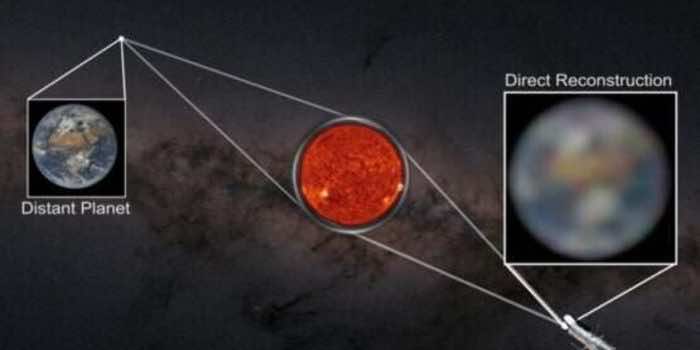A team of researchers claims that we could use existing quantum computing methods to build huge telescope arrays the size of entire planets.
They will enable us to look inside the deep space and resolve faraway targets in much higher resolution, something that could “revolutionize astronomical imaging,” the team led by Zixin Huang at Macquarie University in Australia argues in a paper.

Their proposed interferometer, meaning an array of individual telescopes that form a single telescope with a much larger aperture, overcomes “physical limitations including loss, noise” with the help of quantum communication techniques.
In the concept, each photon that arrives at the telescope array could be processed one at a time and recorded into a special quantum memory storage device.
The data from these photons will be quantum entangled — a phenomenon in the quantum world that allows two or more particles to link up despite being far apart, sharing a unified quantum state — the individual telescopes could share information with each other instantaneously.

The final image this process would create could still be embedded with errors and glitches, which is where self-correcting quantum computers come in.
Quantum computers would theoretically be able to correct their own errors without having to run any numerical simulations, unlike a classical computer.
The idea of a planet-sized quantum telescope isn’t much more than a theory at the moment, a suggestion of what quantum computers could one day be capable of.
“There are many more challenges that need to be addressed for a planet-sized device, but this is a good first step,” Huang told New Scientist.


